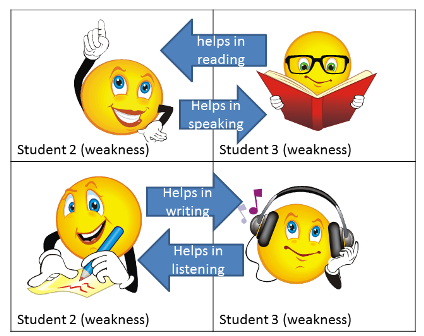From week 1 to week 10, the days have flown so fast. These 10 weeks have been full of learning experiences and explorations. I have discovered a great deal of useful ressources which I have already started using in my classes.
What I like about the course was the instructor raised awareness about teaching through webskills principles and direct classroom use. We started from the techniques of searching online to assessment and review tools to the learning philosophies and review of teaching the four skills from the perspective of a teacher who wants to use the web as ressources, nothing has been left out. That is why, I felt I had no respite, but all for good. Although all the topics, that were raised thoughout the course are important and complementary, I favour much the topic of creating student centered activities and th use of powerpoint in class as a teaching tool. This is among my midterm objectives personal development. I would like to learn a bit more about VBA and produce a few more power point presentation because it is timesaving and there are lots of interactions we can build from its integration. I hope to be able to do that during the holidays.
I think one of the challenges about successful online teaching is how to teach speaking communicatively using web ressources. This issue has been touched on in the previous week, and this has been the inspiration source of my final project.
What is wonderful about the course is that at every step of the weekly progress, I have been able to push my limit in teaching with the webskills. I have really gone strides with the use of google website. Even though I am a beginner with it, I have started using it and it has tremendously helped me manage more efficiently an adult class I am currently teaching. I think the use of a google website can be very useful if coupled with a face to face classroom teaching. It can help reduce things that are important to the students but which can be taken care of by the students with little or no teacher intervention.
A word to my classmates
You all have been wonderful. I have learnt a lot from you all, and I am looking forward to more exchange opportunity from all the class participants:
To our Teacher Robert
I would like to thank Robert for his help. You have done a marvellous job. Thank you for opening my eyes and helping me improve professionally.





